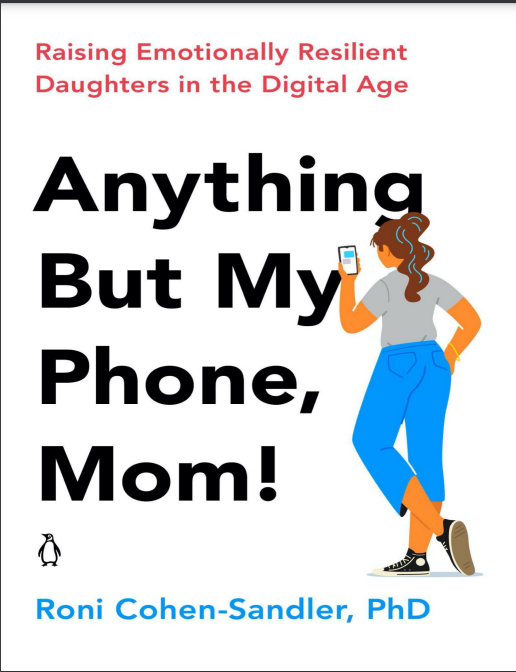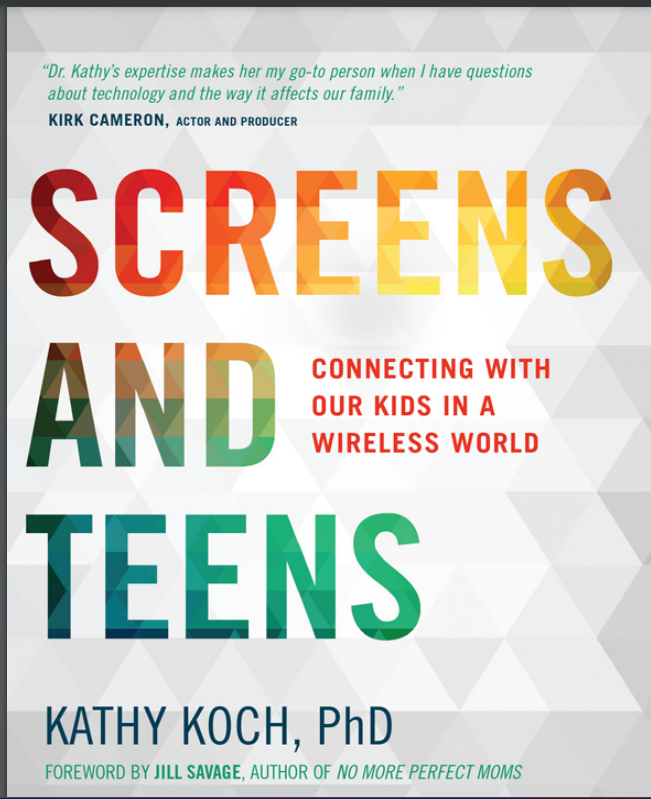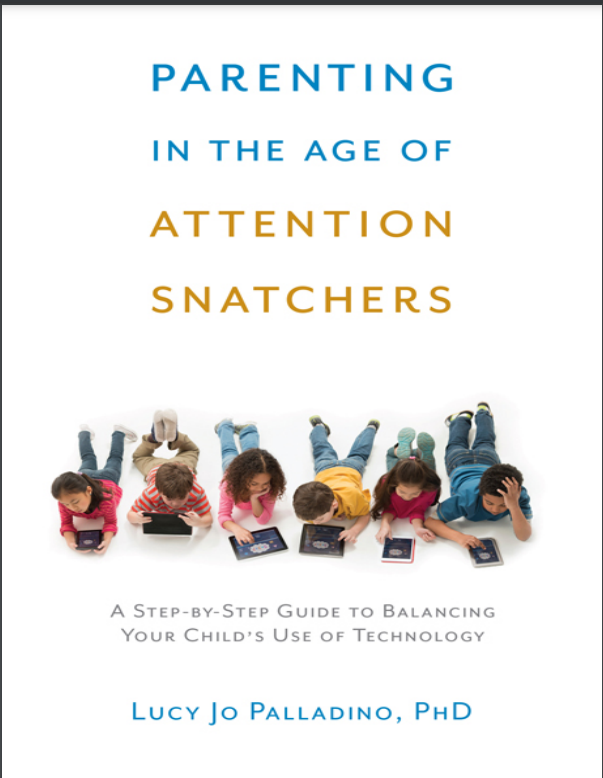

Screening the Unwatchable by Asbjørn Grønstad
Reviews
No review yet. Be the first to review this book!
Description
Screening the Unwatchable: Spaces of Negation in Post-Millennial Art Cinema by Asbjørn Grønstad is a compelling and thought-provoking exploration of contemporary art cinema that challenges the limits of representation, spectatorship, and visual ethics. In this meticulously researched study, Grønstad delves into the concept of "the unwatchable"—those cinematic moments and images that test the boundaries of what can or should be shown on screen, particularly within post-millennial art films. Focusing on films that deal with themes of extreme violence, abjection, trauma, and the taboo, Grønstad examines how these works invite audiences to confront difficult, often ethically troubling visual experiences. Rather than dismissing these films as merely exploitative or sensationalist, he argues that they create critical spaces of negation and reflexivity, where viewers are called to rethink the politics and ethics of seeing and witnessing. The book is organized around detailed analyses of influential and controversial films from the early 2000s onwards. Grønstad offers in-depth readings of filmmakers such as Michael Haneke, Lars von Trier, Catherine Breillat, Gaspar Noé, and Ulrich Seidl, among others, whose works frequently provoke intense reactions for their uncompromising depictions of suffering, cruelty, and moral ambiguity. He examines how these directors deploy aesthetic strategies that resist conventional narrative closure and catharsis, instead forcing audiences to sit with discomfort and ethical uncertainty. Central to Grønstad's argument is the idea that the "unwatchable" in contemporary cinema functions as a critique of mainstream media's commodification and trivialization of violence and pain. By refusing easy consumption and by foregrounding the act of watching itself, these films prompt a reconsideration of spectatorship, empathy, and the responsibilities of the viewer. Grønstad engages with theories from phenomenology, psychoanalysis, ethics, and film theory—drawing on thinkers like Jacques Rancière, Georges Bataille, and Emmanuel Levinas—to build a framework for understanding how cinema can operate as a space for ethical reflection and negation. Moreover, Screening the Unwatchable explores the intersections of aesthetics and ethics in relation to trauma and memory, questioning how films can bear witness to experiences that are often considered unspeakable or visually unrepresentable. The book also situates these discussions within the larger context of post-millennial visual culture, where notions of shock, spectacle, and voyeurism dominate the mediascape. Ultimately, Grønstad’s work is not just about shock value or provocation—it’s about how certain cinematic practices encourage critical engagement with the ethical dilemmas posed by extreme content. Screening the Unwatchable is an essential text for scholars and students of film studies, philosophy, and visual culture, offering a nuanced and challenging perspective on some of the most controversial works in contemporary cinema. It opens up vital conversations about the role of art in confronting the limits of human experience and representation in a world saturated with images of violence and suffering.

 May 03, 2025
May 03, 2025



 May 03, 2025
May 03, 2025
 May 03, 2025
May 03, 2025





 May 03, 2025
May 03, 2025








.jpg)












.jpeg)



.jpeg)

.jpg)


.jpg)



.jpg)

.jpg)


.jpeg)







.jpg)





.png)
.jpeg)












.jpg)
.jpeg)

.jpg)























































